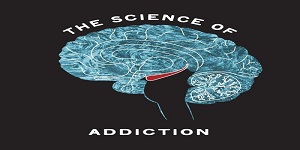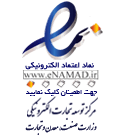Iran, China cooperate on addiction science research

Iran and China will hold a joint workshop on addiction science from August 18 to 20 in Tehran, IRNA reported.
The joint workshop is supposed to enhance
cooperation between Iranian and Chinese scientific organizations, so that the
two sides can conduct joint researches about addiction, said Dr. Abbas
Haghparast, the secretary of the Iranian Neuroscience Society.
According to Haghparast, the workshop is the
result of cooperation between the cognitive sciences and technologies council
of the Iranian Vice-Presidency for Science and Technology, Iran National
Science Foundation (INSF) and Chinese Academy of Sciences (CAS).
He added that the event is being organized by
the Iranian Neuroscience Society.
“By running this workshop, Iranian scientific
and research organizations can cooperate with Chinese Psychology Research
Center which is a subsidiary of Chinese Academy of Sciences in order to do
basic and translational clinical researches about addiction.”
Over the workshop, 13 top Iranian and Chinese
professors, specialized in basic and clinical research will share their latest
studies and discuss new ideas, he added.
What is addiction science?
New studies define addiction as a brain
disease and behavioral disorder that can be scientifically examined.
According to Harvard Health Publishing, there
are many good reasons to emphasize the biological underpinnings of substance
use disorders.
The stigma and shame of addiction has much to
do with the perception that people with substance use disorders are weak,
immoral, or simply out for a good time at society’s expense. Understanding that
addiction impairs the brain in many important ways may reduce such stigma.
What’s more, the specific type of brain dysfunction may help identify a range
of effective interventions and preventions. For example, during adolescence,
the brain is at its most plastic — and vulnerable. This is a time when caution
and intervention may prove most valuable. The earlier the drug exposure or
trauma to the brain, the greater the damage.
According to World Health Organization, the
harmful use of alcohol results in 3.3 million deaths each year.
On average every person in the world aged 15
years or older drinks 6.2 litres of pure alcohol per year.
Less than half the population (38.3%)
actually drinks alcohol, this means that those who do drink consume on average
17 litres of pure alcohol annually.
Some 31 million persons have drug use
disorders.
Almost
11 million people inject drugs, of which 1.3 million are living with HIV, 5.5
million with hepatitis C, and 1 million with both HIV and hepatitis C.





